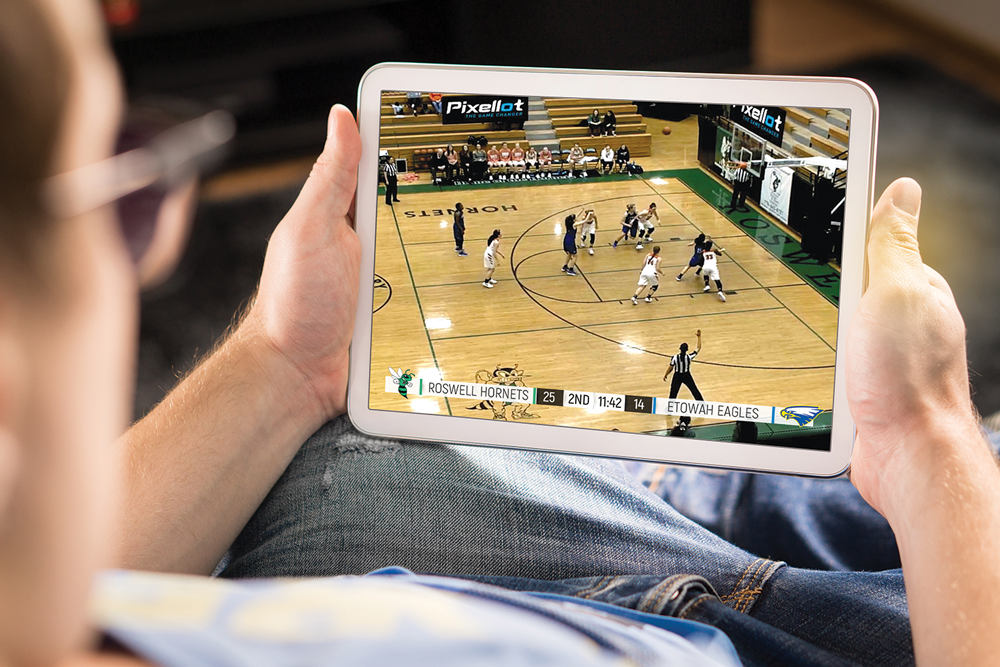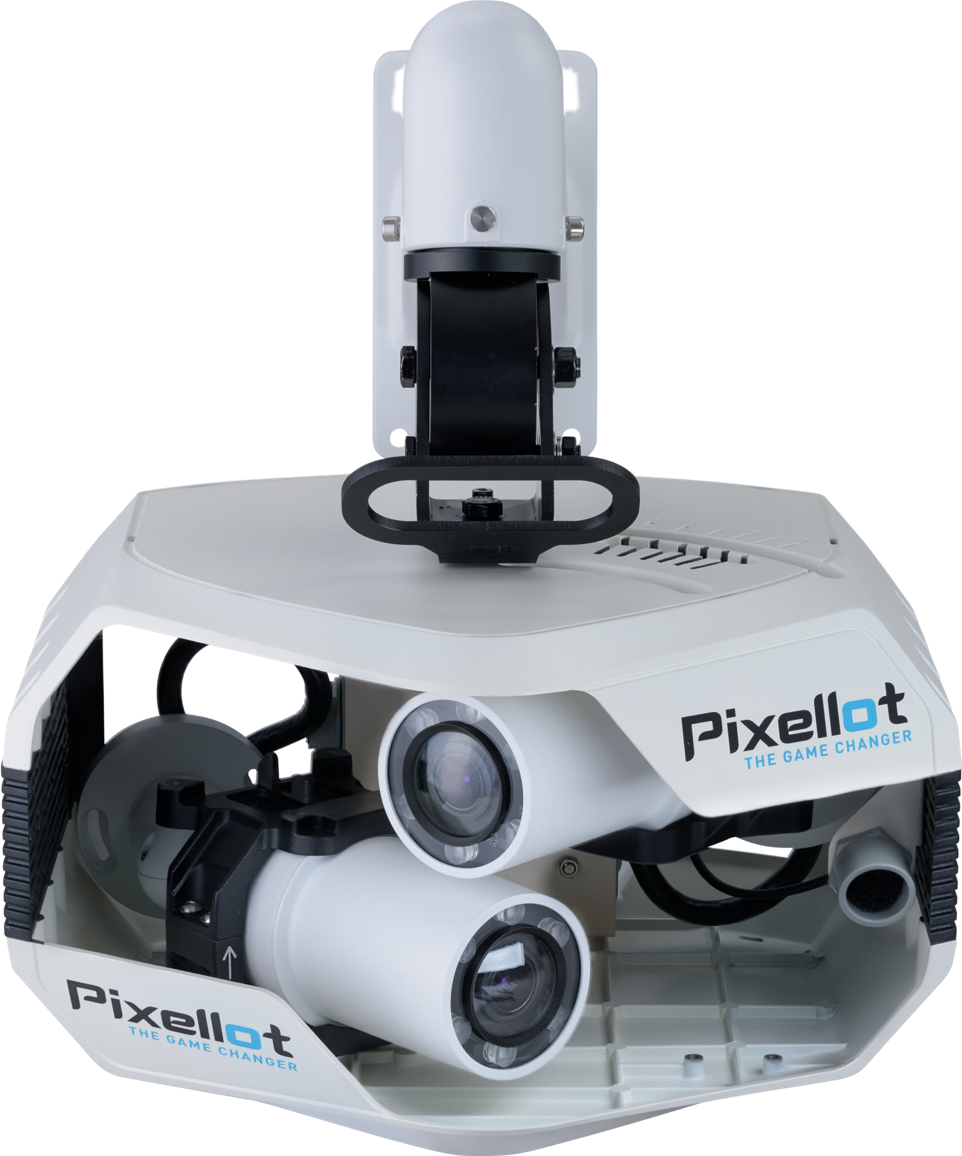
Remote viewing of high school basketball and other sporting events will soon be available thanks to an agreement between local schools and the National Federation of High School sports.
In the wake of an agreement with the National Federation of High School Sports (NFHS) television network, high schools in Montgomery County and Radford are turning to a remote broadcast system called the Pixellot program that will allow their basketball games this winter to be streamed into sports venues and homes.
The move was necessitated by the COVID-19 restrictions announced late this year by Virginia Governor Ralph Northam that forced local high schools to play their athletic events with only a few fans in the stands at best.
Pixellot is a global leader in automated sports production, and its technology uses a multi-camera array to cover the whole field of play, capturing all the action and streaming it straight into sports venues and homes.
Pixellot does not require a camera operator, and an auto-tracking feature allows the cameras to follow the action by panning and zooming. Score graphics are synced with the venue’s scoreboard.
The NFHS charges a small subscription fee, which typically is $10.99 a month or $69.99 for the year. Each local school will receive 10 percent of that revenue. Local school officials call this the perfect alternative for fans since for the most part teams will be playing in front of empty gyms this winter.
Danny Knott, the director of Human Resources for Montgomery County Schools, said earlier this week that the system is in the process of installing the NFHS Network’s Pixellot cameras in all gyms.
“We hope that by the time we are able to play the cameras will be installed in all four high schools,” Knott said. “This will allow anyone in the country to watch any of our schools play. The viewer does have to pay a subscription fee.”
Radford Athletic Director Greg Wade said his school system has purchased the system and will have it installed in the middle of January. “Yes, it will help with not allowing fans in the game,” he said.

The Pixellot system is nothing new as many schools have been using a similar unit as part of their football Huddle broadcasts to highlight games and individual players. The newness is the location of the camera for remote viewing. In most instances, the camera is mounted in the center of the gymnasium.
In addition to the remote benefit and revenue sharing, each school can make money off sponsorships and advertising. Audio play-by-play can also be added to each broadcast. Area schools are also looking at a similar setup for football games and other outdoor sports. Knott said staff from the schools will install the cameras in their stadiums in January. There is no cost to the division since their staff is installing the cameras.
More information on the remote broadcasts is available at the local schools. Broadcast schedules are available at the National Federation of High School sports broadcast website.

